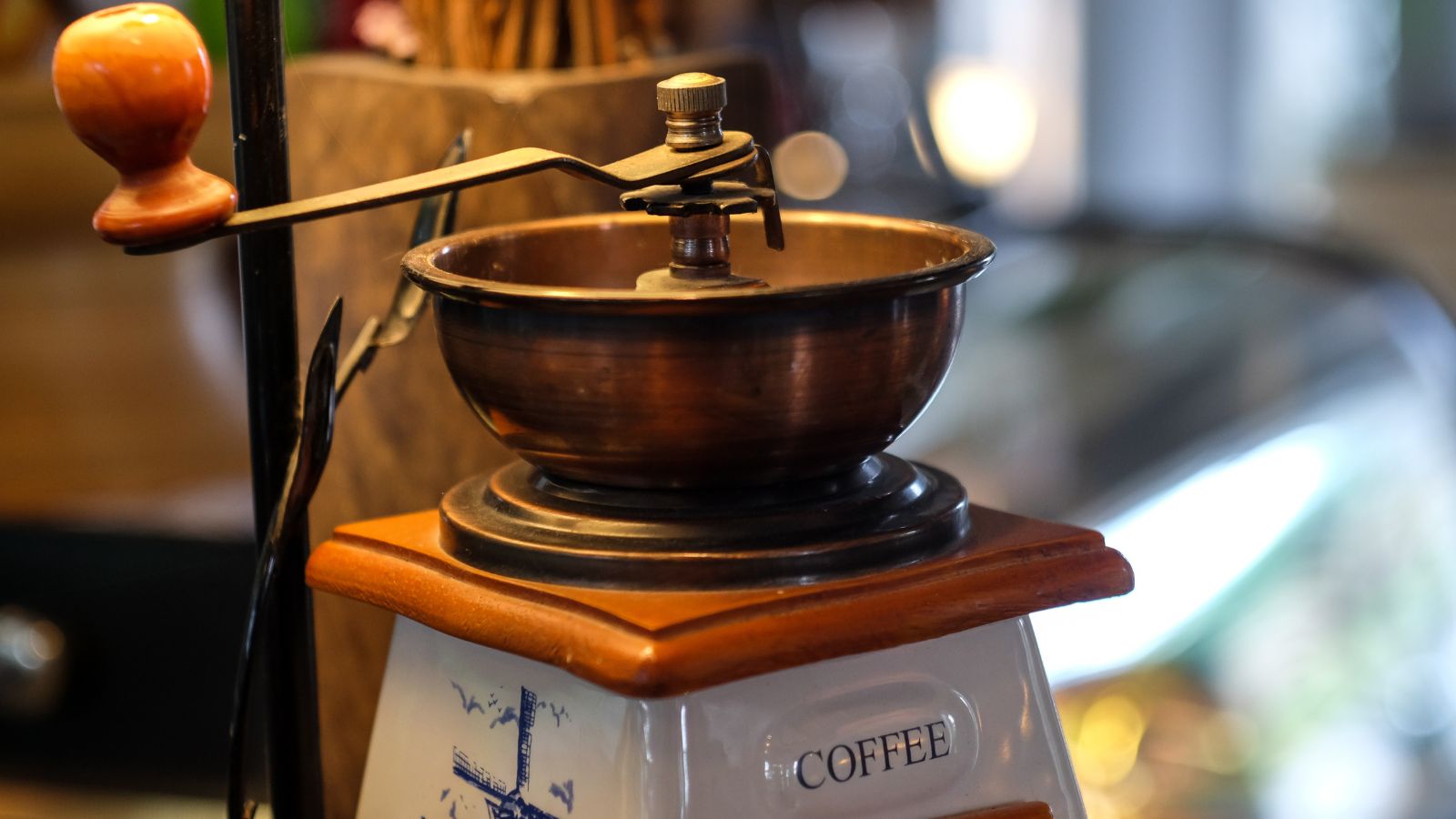
These days, if you see a vintage coffee grinder, it's probably being displayed as an elegant heirloom rather than being used as a coffee station essential. They're packed with character and a sustainable option for investing in, but can you use an antique coffee grinder to grind coffee?
You're right to ask questions. If I sit my 200-year-old mahogany coffee grinder next to a modern, auto-dosing model that's one best coffee grinders right now, the two look like completely different products. I actually wouldn't like to compare them on performance, because, as much as I love vintage coffee grinders, the new ones would win every time. However, when considering the environment and aesthetics, my opinions change a lot.
As a former barista and antique enthusiast, I'm caught between the two. I love any vintage coffee products for spicing up my coffee station style. So, I've spoken to antique experts to find out how precious you need to be about your vintage coffee grinder and asked whether it's worth buying one.
Why buy an antique coffee grinder?
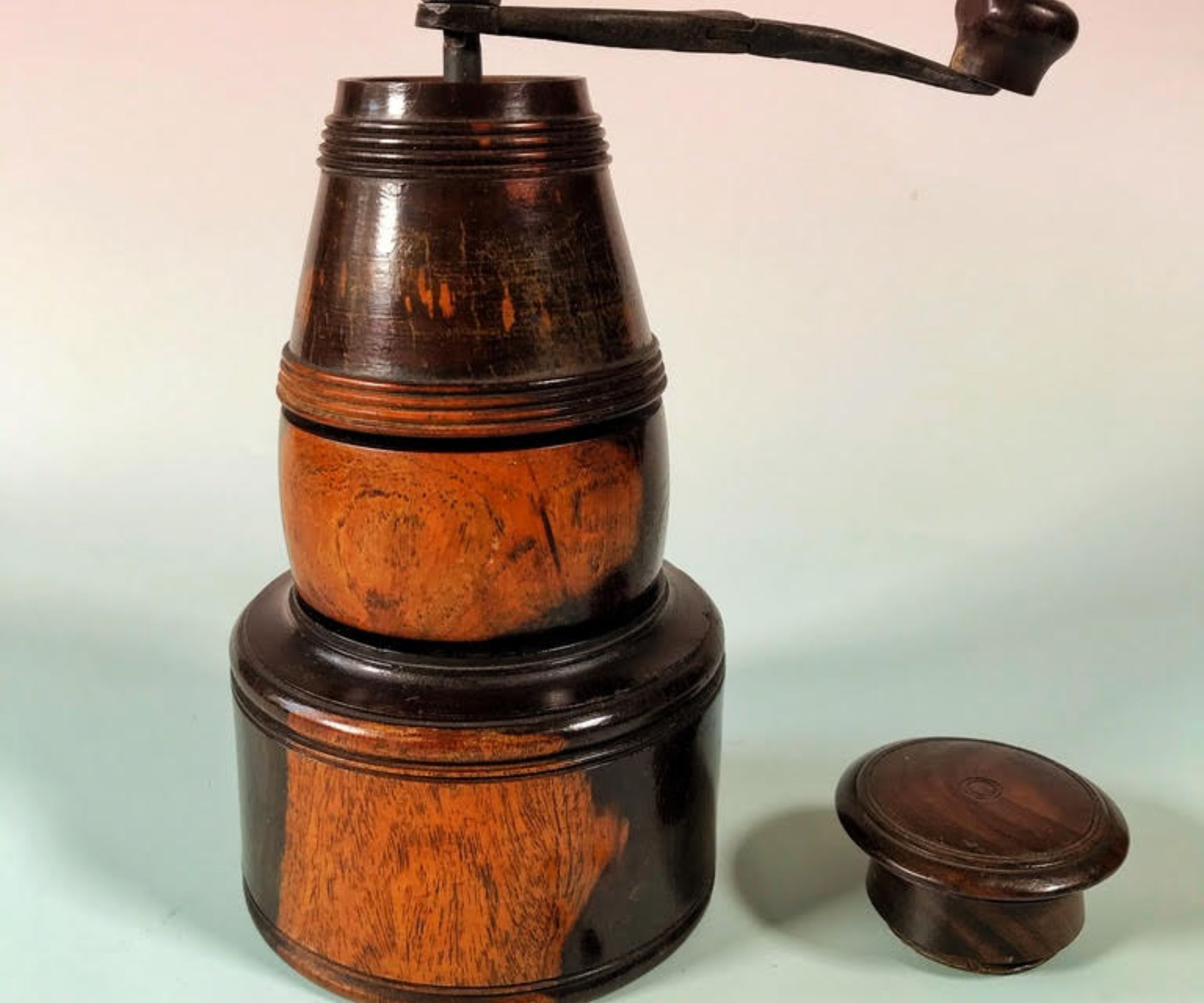
There are lots of reasons why you might be thinking about buying an antique coffee grinder. First, for the aesthetics. Wooden antique coffee grinders look beautiful. The one in the image above is lignum vitae, so it has a distinctive marble of different colors. This hardy wood is expensive, but incredibly eye-catching. Each antique coffee grinder, like this one, comes with a history, character, and appearance that modern appliances can’t compete with.
Aside from aesthetics, you might be interested in antiques for environmental reasons. Plastic and metal require lots of energy to produce. If you can pick up a product that was made a hundred years ago, you can start doing your bit for the planet. You might also be able to avoid the plastics and chemicals that people have raised as concerns over, especially in relation to whether coffee makers are toxic.
I asked antique dealer Sally Mortimer about the resurgence in antique coffee grinders. She told me, 'I've seen, owned, and sold some really beautiful antique coffee grinders. If people are saying that you should buy an antique coffee grinder to use, I would be cautious. There's a difference between vintage and antique.'
She said that she handled antique coffee grinders which are up to three hundred years old. Sally warned that 'At this stage in the grinder's life, you'd be a very brave person to use them to grind your coffee. These make better ornaments than they do coffee grinders.'
Some manual and vintage coffee grinders use the same mechanisms as Sally's three hundred-year-old coffee grinders. She explained that 'you pour the beans in the top, turn a handle, and coffee grounds will come out of the bottom. Sally says 'Vintage coffee grinders, which are less than a hundred years old, are often cheaper options and you have a lot less to lose by using them. The coffee grounds won't be as even or technically perfect as an electronic coffee grinder's, but they'll be good enough for the average coffee drinker.'
Vintage vs Modern
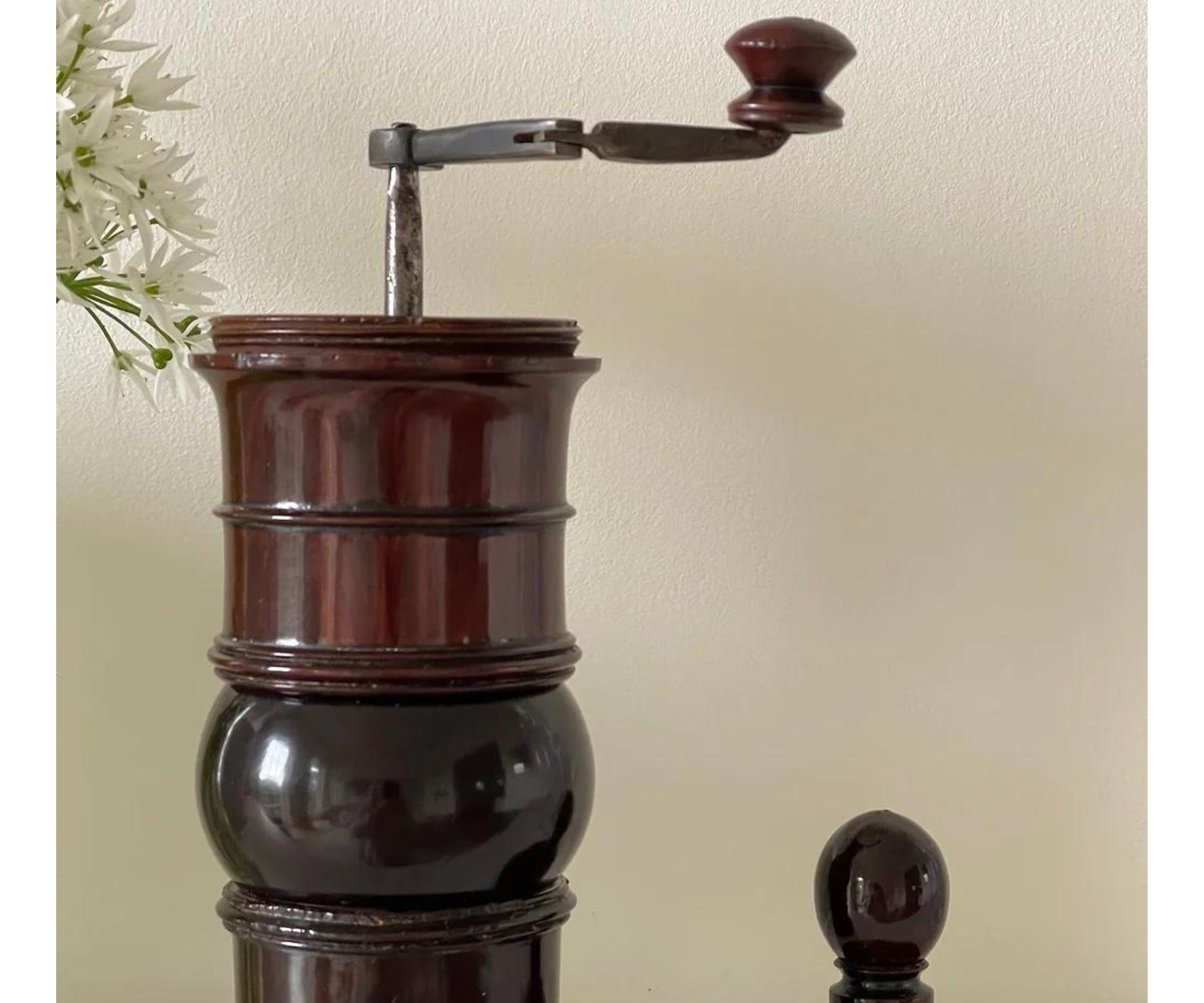
With Sally's advice in mind, there's definitely a place for antique coffee grinders in your home. If you buy a really old, wooden model, you should probably buy it to display. This can make a lovely ornament in your home. They have so much history behind them, they'll add character and color to your mantle.
Vintage coffee grinders also have a lot to offer. They're crude, but you could save hundreds of pounds by investing in one. You can find them on eBay and Etsy, or at your local antique dealer. If you like the style, but want a modern machine, that you know will be food-safe, you can find examples of these on Wayfair and Amazon.
When I think of vintage coffee grinders, this is what I picture. A combination of wood and stainless steel, this crushes your coffee beans fine enough for espresso or Turkish coffee.
Conical burrs produce excellent coffee grounds. This vintage-style grinder is high spec, but has a retro look, perfect for cultivating a vintage coffee station.
Blade grinders aren't the most consistent at grinding coffee. They work a lot like a blender, so they create uneven sizes, but this retro look is just like a vintage grinder.
Buy an antique coffee grinder if...
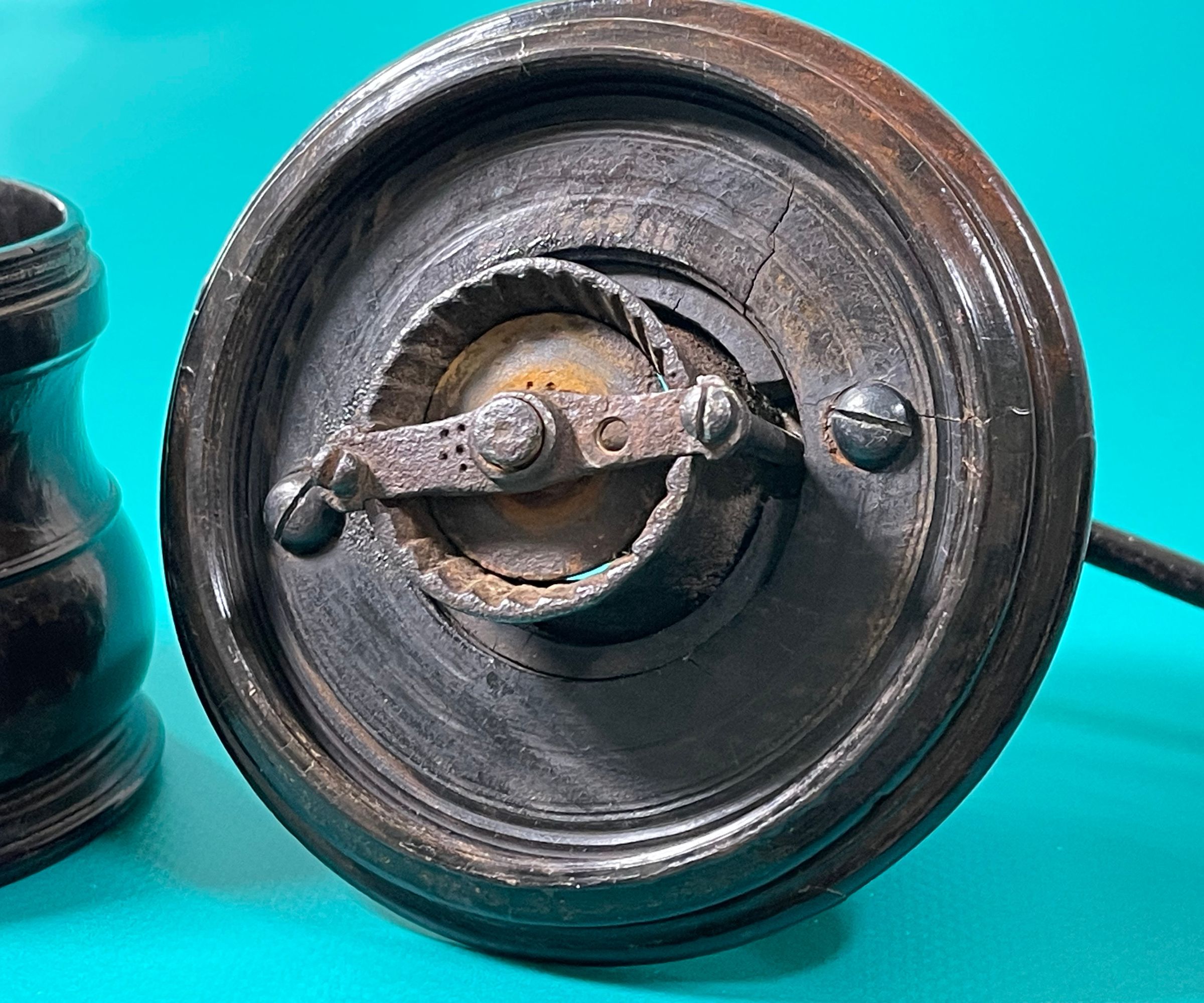
Buy an antique coffee grinder if you’re not pedantic about your coffee and you’re after an antique aesthetic. These machines will be manual, less consistent, and less sympathetic to your coffee bean. However, they’ll still be able to grind your coffee. For the average coffee drinker, you won’t tell the taste difference between this and a cheap modern appliance. Plus, you’ll have an item that you want to leave on display.
Buy a modern coffee grinder if...
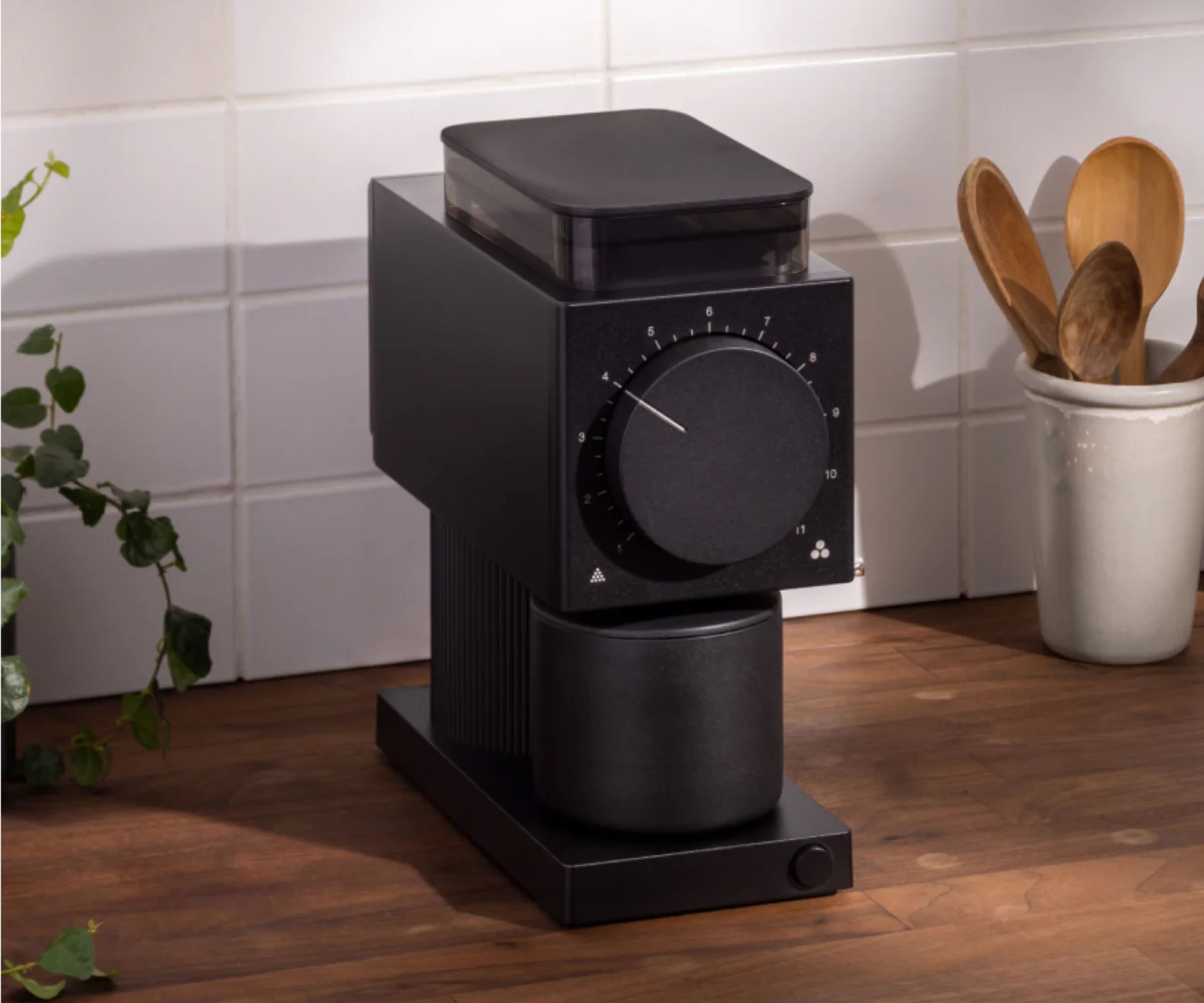
If this lack of control makes you shudder, I understand. I love antiques as much as the next person, but as a barista like to create as much consistency around my coffee process as possible. There are plenty of compact and manual grinders that won’t cost you a lot of money. There are also lots of coffee grinders which cost the same as an antique and also look great on a countertop, but offer a smoother grind.
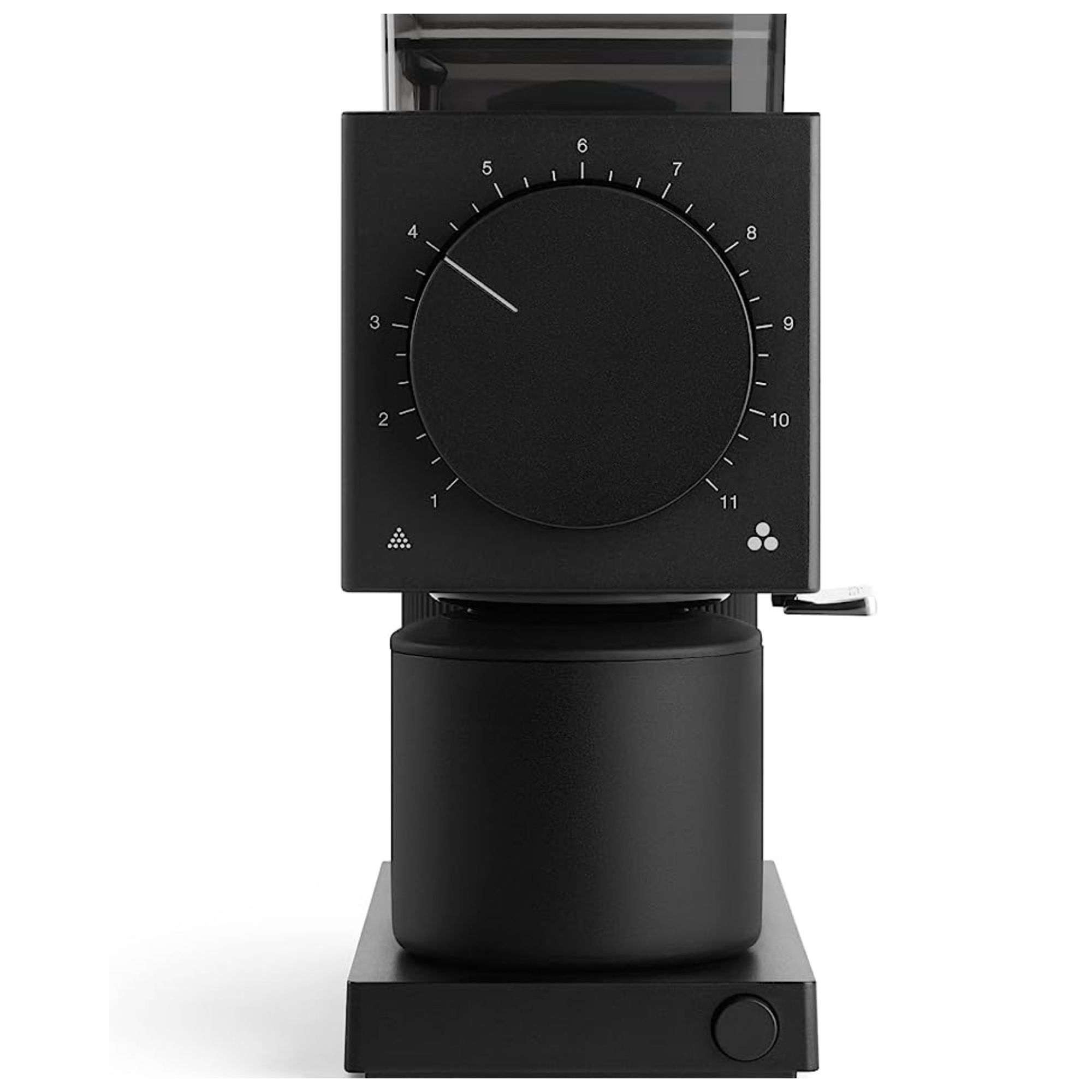
The Fellow Ode will make a range of different coffee grounds, from fine to coarse. It's unparalleled, especially compared to antique models. This premium model will last you a lifetime too, so it's an excellent investment.
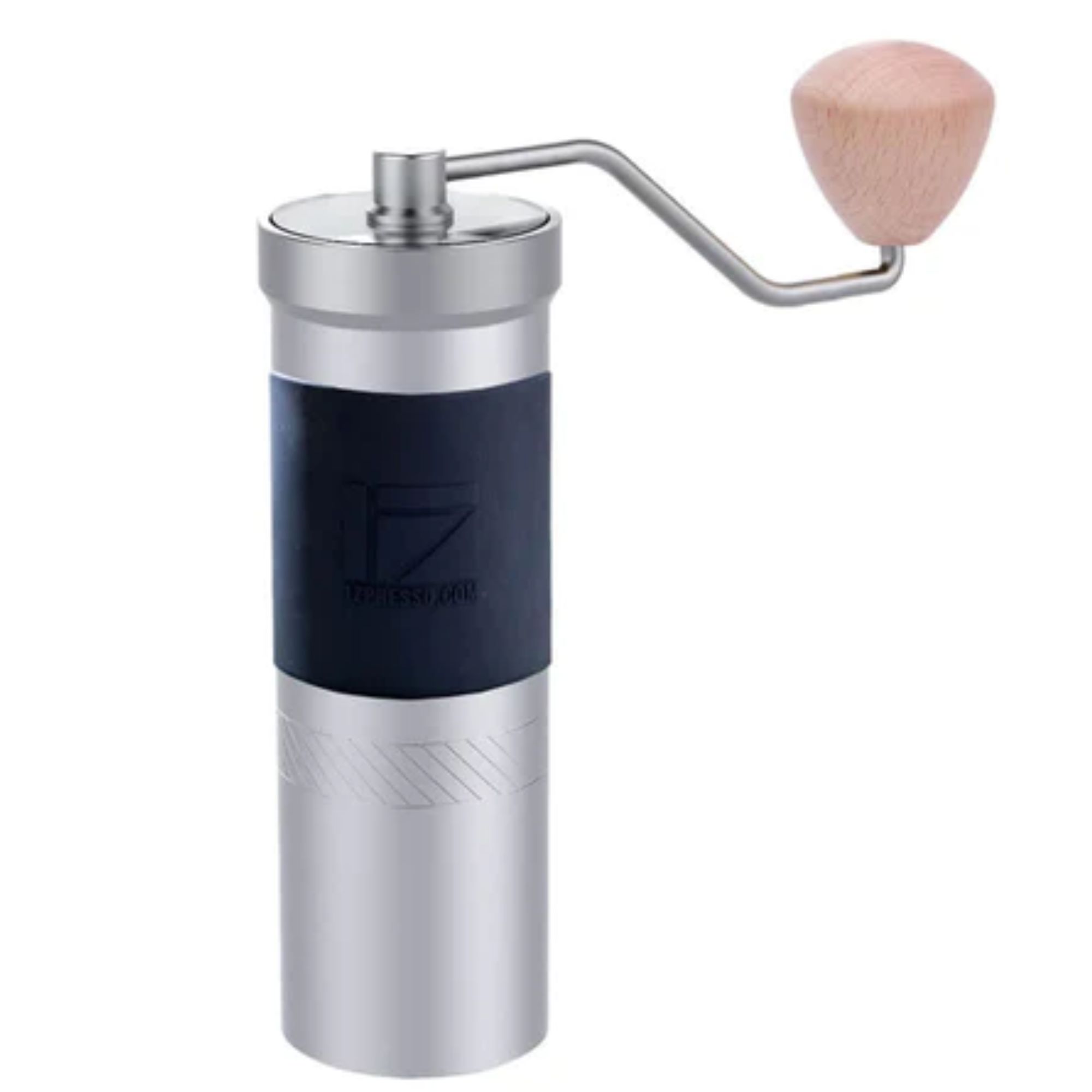
The mechanisms in this manual coffee grinder are almost identical to antiques. When we tested this, we were thoroughly impressed with the results and it feels like a premium coffee grinder too.
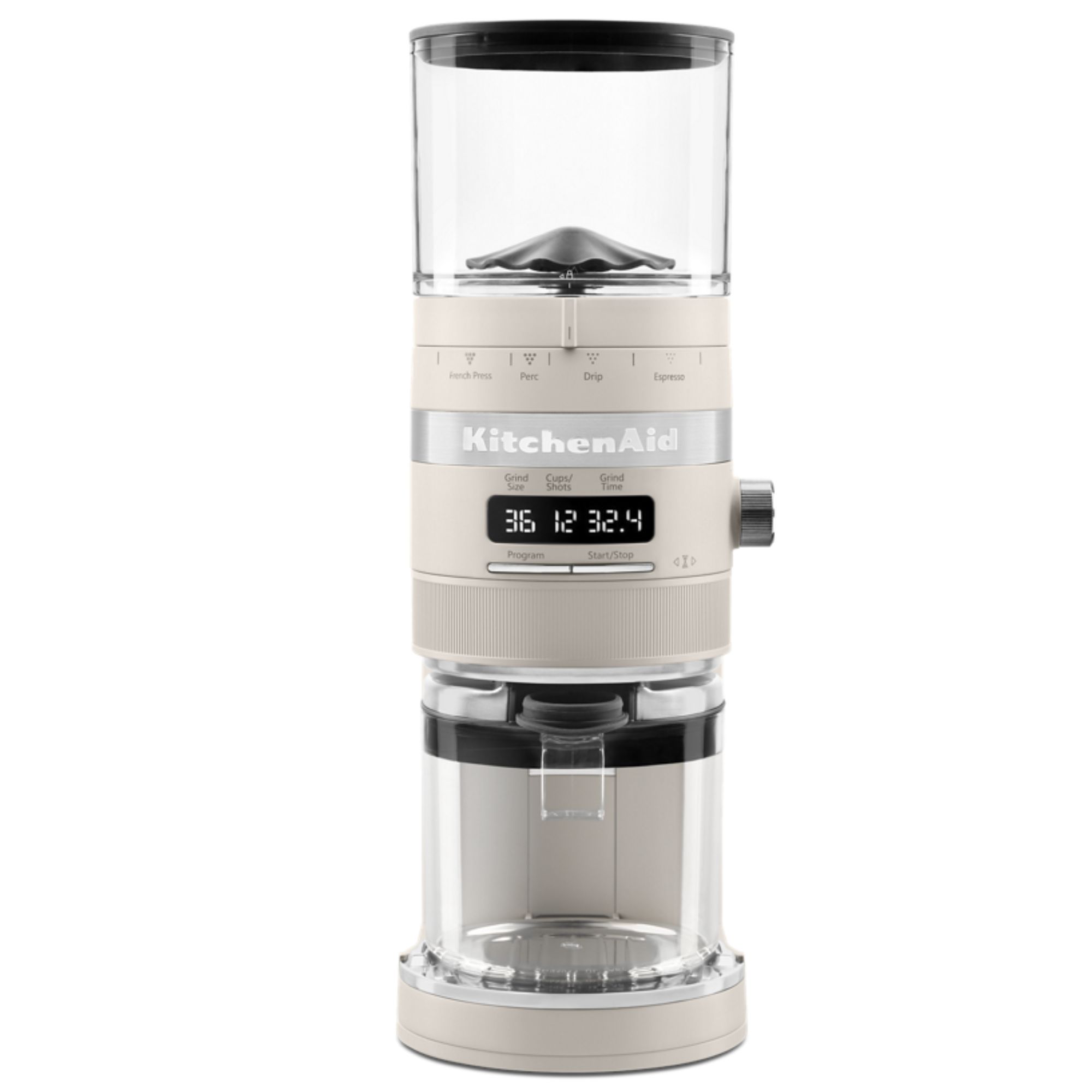
This coffee grinder is a perfect mid-range model. It's not as expensive as the Fellow Ode, but it's still electrical. You'll get expertly consistent coffee grounds from the KitchenAid with very little static.
FAQs
Are old coffee grinders any good?
They can be, but they can also be expensive and delicate. If you buy an old wooden model, you might not want to use it, because not only can it cost more than $700, but it can be fragile due to age.
How well do antique coffee grinders work?
Coffee beans were originally crushed by a pestle and mortar, which is closer to modern coffee grinders than a blender or cheap model. They developed into coffee grinders more like modern manual versions around three hundred years ago. Sally Mortimer, antique dealer, says that 'The coffee beans were fed into the top of the mill, then they pass through the burs, and powered coffee drops through to the bottom compartment'. That's exactly the same as some of the best coffee grinders on the market today.
Are old coffee grinders worth anything?
'It depends what you mean by old,' says Sally. 'If your grinder is more than 100 years old, it'll be considered an antique. Then, it really is worth something. People are willing to pay a lot of money to own their own piece of history. However, if yours is 20 years old and a bit rusty, I'm afraid it probably isn't the hidden gem that you think it is.'
My Verdict
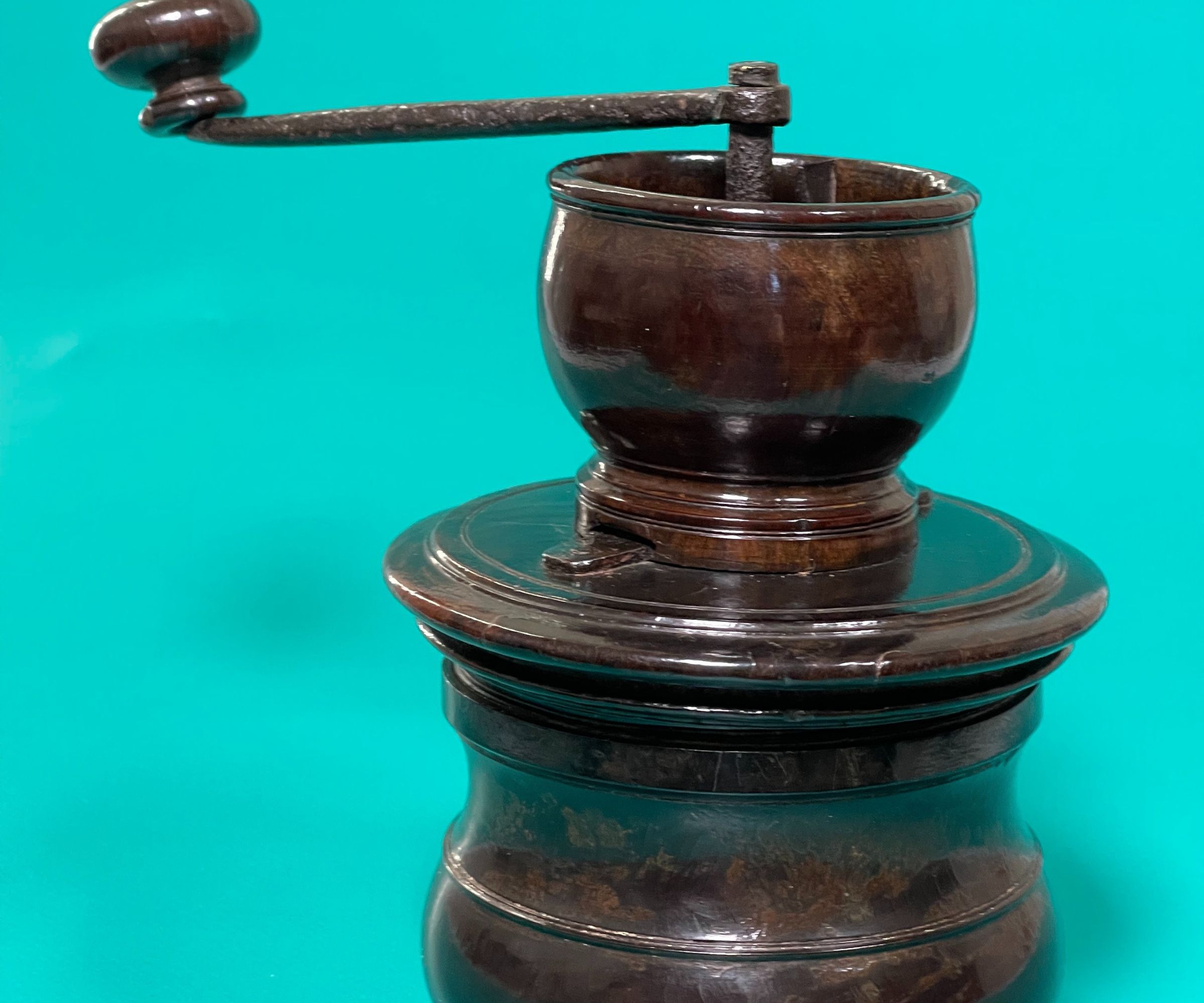
I have a few antiques myself, but I’m precious about them. I can be clumsy and, even if a coffee grinder has survived 200 years, that doesn’t mean it’ll last with me. I would buy an antique coffee grinder to display, but when I need to get on the grind, you can bet that I’m using a contemporary model.







